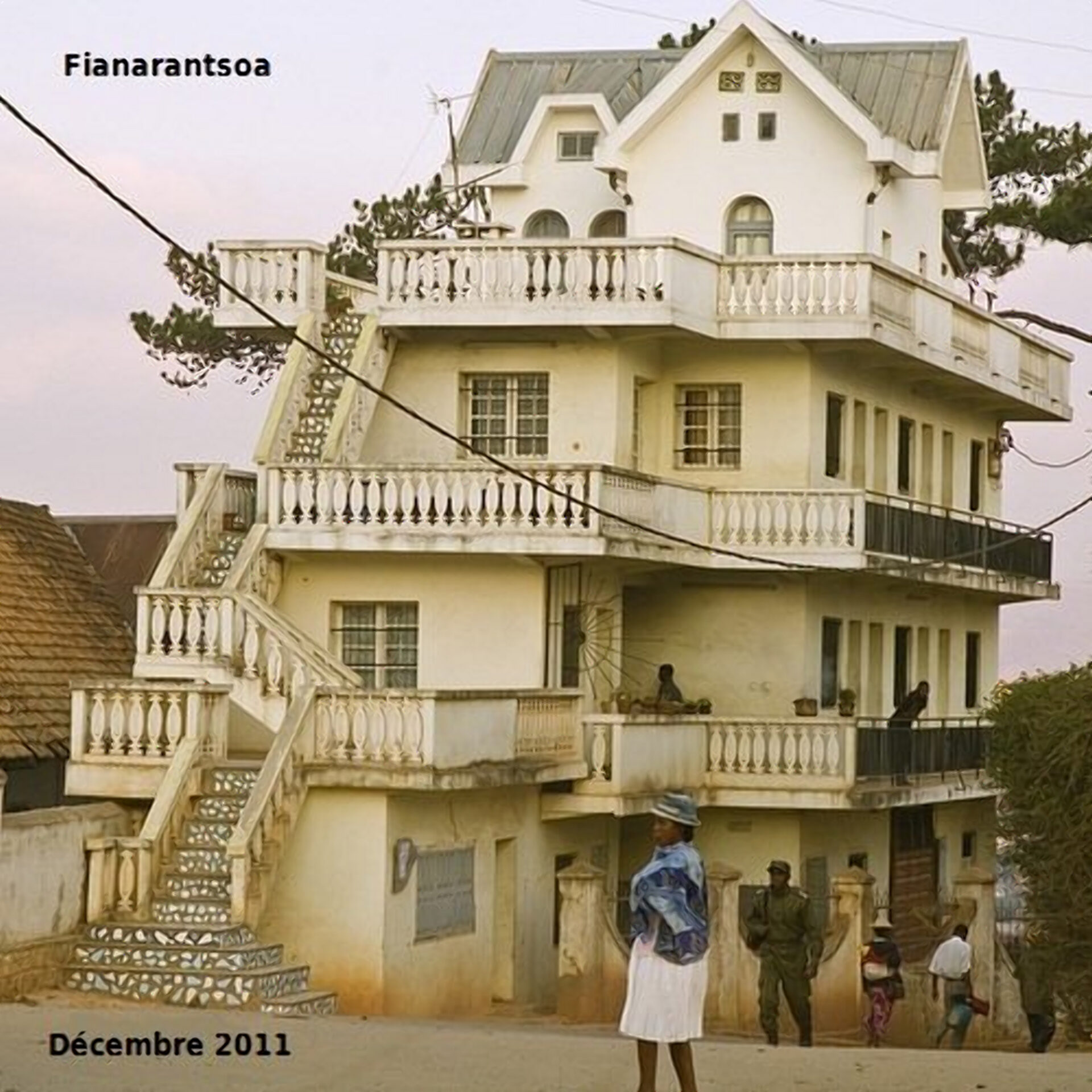We produce a cup only once, but we wash and dry it a thousand times.
David Graeber
Mission statement
ara / aze / bul / deu / ell / eng / est / eus / fas / fin / fra / hin / ind / ita / jpn / mar / mkd / nld / norsk / pol / por-bra / por-eu / ron / slv / spa / swe / tur / urd / zho / zho-trad
The network of solidarity formed during #Carnival4David is being transformed into the Museum of Care (and Freedom). For a few years now, we’ve been meeting online or offline every Thursday to host reading groups, public art projects, conferences and educational programs.
The Museum of Care is a museum with many rooms around the globe. Like in any museum, some of these rooms are more permanent than others. New rooms are opened, existing rooms are occupied and change their function, and some rooms are abandoned and closed.
There are rooms made for reading. There are rooms made for dancing. There are rooms for doing carpentry, for growing vegetables, for doing science. Some rooms are “whatever rooms.”
Anyone can open a room in the Museum. All you have to do is propose what kind of room you want to open. Anyone can occupy a room in the Museum and run their own project in it. If you want to join someone else’s room, write to the curator and see if you can join them.
You do not need to be an artist to spend time in the Museum. To stay in the Museum does not cost money. The Museum is open to everyone whose practice augments our collective freedom by nurturing relations of care—care for people and animals, for materials and the environment.
The rooms in the Museum of Care are curated by their occupants. These rooms are constantly curated anew; there is no permanent collection, there are no permanent inhabitants. The Museum of Care stimulates the development of replicable collective practices that can cross over into different rooms as well as to the world outside. The Museum of Care does not end at its walls.
The main goal of the Museum of Care is to produce and maintain social relationships. Relationships may or may not include objects, but we are not involved in the cataloguing and archiving of artworks. There are no guards in the Museum of Care.
The Museum of Care is also a set of tools. We call it a Museum of Care as a ship.
Like Alexander Bogdanov’s Proletkult, the Museum of Care wants to rethink what it is to be a museum or an artist, and to produce spaces for freedom and care rather than monuments. In the Museum of Care, art is not the pinnacle of the symbolic or the production of works that can’t be touched, but a practice of building better worlds. Every person deserves the same care and attention that we currently direct towards monuments and masterpieces – and should for all eternity.






